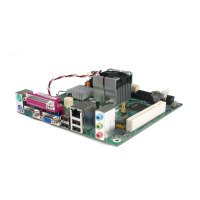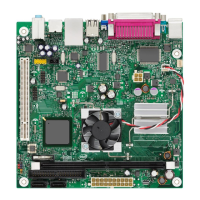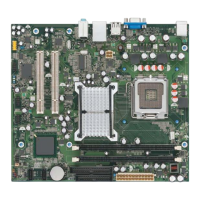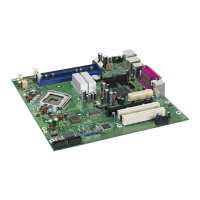Intel Desktop Board D945GNT/D945GTP Product Guide
viii
Tables
1. Feature Summary...........................................................................................................9
2. Manufacturing Options..................................................................................................11
3. Desktop Boards D945GNT Components ......................................................................13
4. Desktop Boards D945GTP Components.......................................................................15
5. Power Supply Requirements.........................................................................................16
6. Desktop Board D945GNT/D945GTP Memory Configurations.......................................17
7. RJ-45 10/100 Ethernet LAN Connector LEDs ...............................................................20
8. RJ-45 10/100/1000 Gigabit Ethernet LAN Connector LEDs ..........................................20
9. Front Panel Audio Header Signal Names for Intel High Definition Audio.......................44
10. AC ’97 Audio Header Signal Names .............................................................................44
11. Hi-Speed USB 2.0 Header Signal Names.....................................................................45
12. IEEE 1394a Header Signal Names...............................................................................45
13. Front Panel Header Signal Names................................................................................46
14. Jumper Settings for the BIOS Setup Program Modes ...................................................51
15. Beep Codes..................................................................................................................65
16. BIOS Error Messages...................................................................................................65
17. Safety Regulations........................................................................................................67
18. Lead-Free Board Markings ...........................................................................................71
19. EMC Regulations..........................................................................................................72
20. Product Certification Markings ......................................................................................74
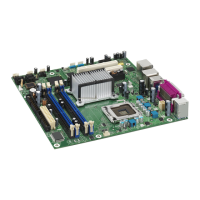
